Legends Never Die: Why the Babe Ruth Rookie Card Is Worth Millions
Even without high-graded copies or stylish design, the Babe Ruth rookie card is worth millions today. Here’s what you should know about the player and the card.
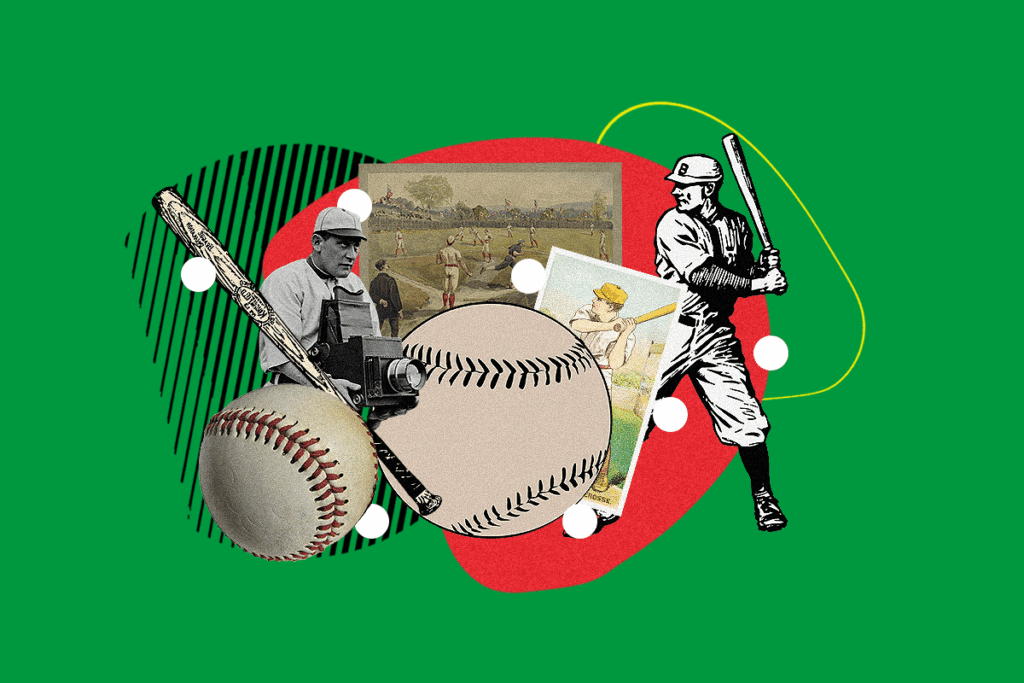
Baseball cards are hot right now. Over the past decade, the popularity of the best baseball cards has been on fire—and the stay-at-home era doused that with rocket fuel.
The Babe Ruth rookie card would be the crown jewel of almost any collection of vintage sports cards.
The eye-popping prices sports cards fetched in the mid-2010s now seem like yard-sale bargains. With card prices shattering records every few weeks, it’s evident that baseball’s greats are bringing in the big bucks right now.
And there’s no one greater than Babe Ruth.
We looked at the record-breaking sales of the Babe Ruth rookie card to determine if it’s still a good investment, and here’s what we found.
Who was Babe Ruth?
The Sultan of Swat. The Mauling Menace. The Great Bambino. Widely regarded as the most important and best baseball player ever to run the bases, Babe Ruth was a man of many names and the subject of several legends.
You might wonder if he lived up to the hype, especially compared to modern athletes. But the Babe was more than some catchy nicknames.
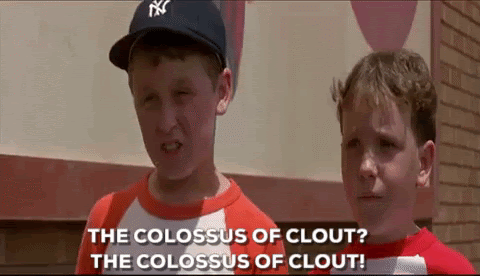
Source: The Sandlot
Ruth’s skills were so impressive that, after retiring, he was one of the first five players inducted into the Baseball Hall of Fame. Ruth drew fans in like no one before him. But Ruth was inconsistent on the field, hot-headed, reckless, and drank like a fish. He lived fast, died young, and was the savior of baseball.
Babe Ruth statistics and highlights
- Seasons played: 22
- Home runs: 714
- Slugging percentage: 0.690
- Games: 2,503
- At bats: 8,399
- Batting average: 0.342
- Most home runs in a season: 60
The Bambino Curse
The year 1919 was big for baseball. Three big things happened that changed the game, and they somehow all relate to Babe Ruth. First, the Boston Red Sox sold Babe’s contract to the Yankees.
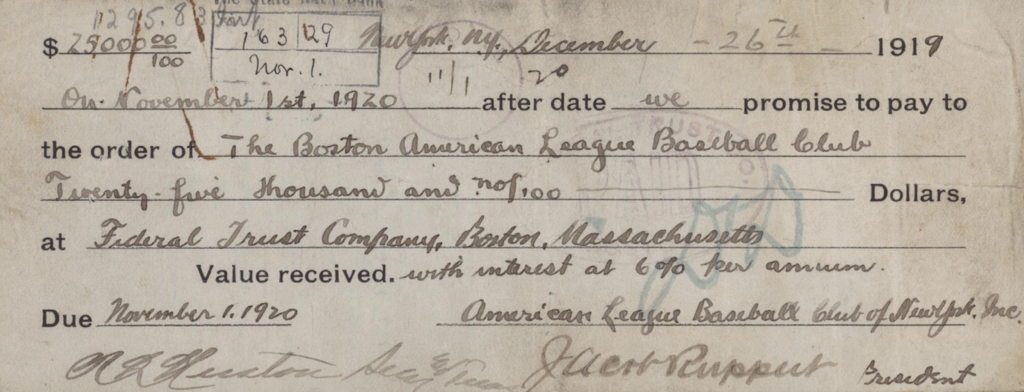
Source: baseballhall.org
For $100,000 ($1.7 million in today’s money), the Red Sox handed the Yankees a player that had secured them multiple championships and had a record number of home runs in a single season. Ruth publicly declared his desire for higher pay after his 1919 season.
His contract with the Red Sox earned him $10,000 a year ($170,000 today) for three years, but Ruth wanted $20,000. Thinking they were getting the better end of the deal, Boston sold Ruth’s contract to the Yankees, who gambled on the possibility of playing in the World Series.
After Boston sold his contract, “the Bambino Curse” was in full swing. The Red Sox didn’t win another World Series for 86 years.
The Yankees, on the other hand, went on to be the dominant major league baseball team for the next century.
Baseball’s savior
That was also the year of the Black Sox Scandal, in which eight players for the Chicago White Sox took bribes to throw the World Series. The act of rigging the game in 1919 almost single-handedly killed professional baseball.
However, upon being traded to the Yankees, the Great Bambino came out swinging. He broke his previous home run record by nearly double, with 54 homers in his first Yankees season.
In that first season, over a million spectators showed up to see him knock it out of the park. That popularity got the Yankees kicked out of the stadium they were renting from the New York (now San Francisco) Giants and led to the creation of Yankee Stadium in the Bronx, AKA “the house that Babe Ruth built.”
Reshaping the game
The third 1919 event was the tragic death of Ray Chapman, a Cleveland Indians player. The Yankees’ ace pitcher, Carl Mays, threw a fastball that connected with Chapman’s head instead of his bat. He was dead 24 hours later. Since Chapman never even tried to move, it was speculated that he couldn’t see the ball hurtling his way.
During the “dead-ball era,” the same ball was used throughout the game and pitchers did their best to grunge them up. Chapman’s death led to a rule that balls had to be changed out at the first sign of wear. This made the ball easier to see, which favored the Sultan of Swat.
Over the next several years, 50+ home runs per season became his norm. Ruth upped his own record several times, topping out at 60 in his 1927 season.
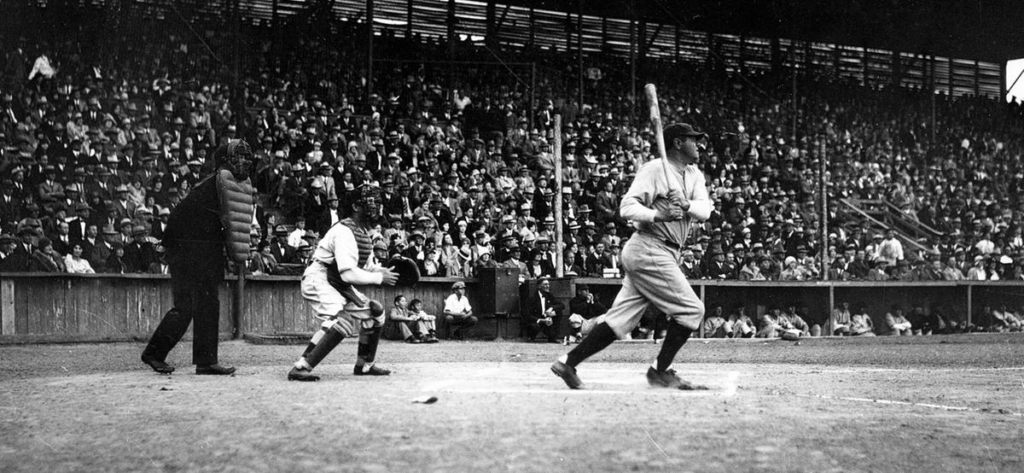
Source: baseballhall.org
After the Black Sox scandal cast its shadow over baseball, Babe Ruth gave fans something to cheer for.
What are Babe Ruth baseball cards worth?
It’s not surprising that Babe Ruth has some of the most sought-after baseball memorabilia in the world. His seven-figure rookie card is just one of the most valuable cards of Babe Ruth’s career and one that most collectors find only in their dreams.
Babe Ruth’s rookie card
The Babe Ruth rookie card would be the crown jewel of almost any collection of vintage sports cards. Featuring a skinny, young Ruth pitching in his Boston Red Sox uniform, this valuable card is one of the most prized pieces of sports memorabilia, let alone baseball.
Babe Ruth rookie card stats
- Manufacturer: Sporting News
- Year: 1915
- Supply: 29 (PSA graded)
- Value: $300,000 (PSA-8)
- Dimensions: 1⅝” x 3″
Despite the Great Bambino’s larger-than-life personality and style, his rookie card is not flashy. It’s tall, narrow, and grainy. Unlike the Honus Wagner tobacco-brand baseball cards from a few years earlier, the Sporting News set displays black-and-white photos of the players instead of colorful drawings.
Printed in two separate runs in 1915, it’s part of a set of 200 promotional cards. While many of them carried assorted advertisements on their backs, a few were blank. PSA seems to have only graded blank-back versions of Ruth’s card. While there were many stars in this set, the Babe Ruth rookie card is king.
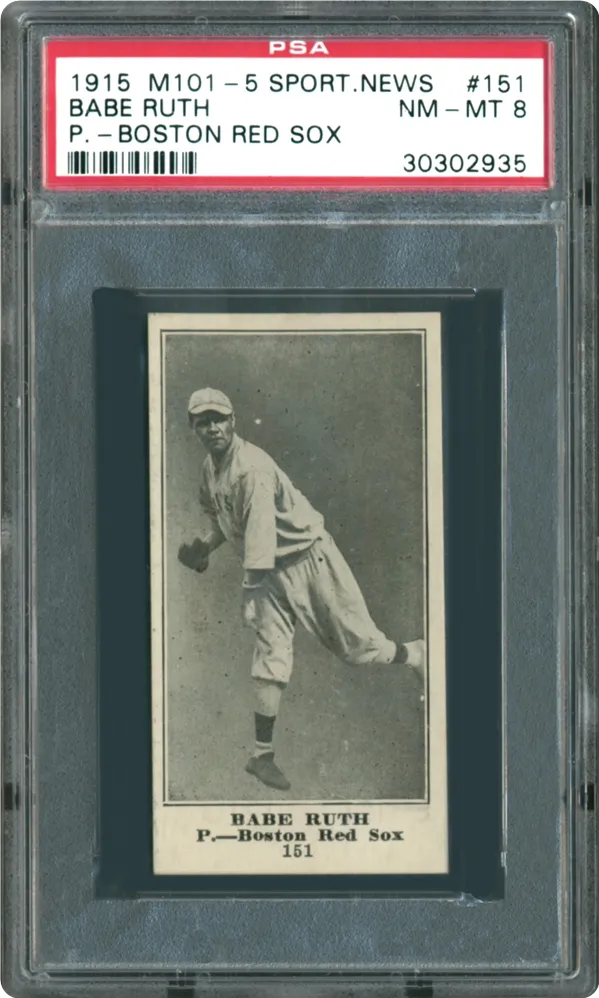
Source: psacard.com
In 2021, a PSA-7 Sporting News rookie card sold for $2.46 million, a record price for a Babe Ruth baseball card. Even lower-graded cards bring in five figures—in 2019, an SGC-1.5 sold through Goldin Auctions for $88,560.
Baltimore News Babe Ruth baseball cards
Not everyone agrees that the 1915 print is the real Great Bambino rookie card. Instead, some argue that his 1914 minor league card deserves that title.
Babe Ruth pre-rookie card stats
- Manufacturer: Baltimore News
- Year: 1914
- Supply: 3 (PSA graded)
- Value: $2.5 million (PSA-4)
- Dimensions: 2⅝” x 3⅝”
When the Behemoth of Bust started playing in the minors, there weren’t companies like Topps putting out cards every year with colorful “Rookie” or “All-Star” banners. Instead, baseball cards were printed by companies to sell products like tobacco, candy, and newspapers.
In the 1914 season, the Baltimore News printed Babe’s first baseball card. Though he wasn’t in the majors yet, many people consider this first print to be his true rookie card.

Source: psacard.com
Much rarer than the 1915 rookie card, few 1914 Ruth cards remain in circulation—only 10 are known to exist. Just three of them are PSA-graded, with the highest quality being a PSA-4 valued at $2.5 million.
Last year, the card sold for nearly three times that value. Though the amount and buyer remain undisclosed, it was reported to have broken the then-record price for a sports card of $5.2 million, which was set (and later broken) by a 1952 Mickey Mantle card.
Where to invest in 1914 Baltimore News Babe Ruth card
But if you don’t have several million set aside for card collecting, you can invest in this Babe Ruth card on Collectable.
Collectable offers fractional investments in valuable assets like sports cards and memorabilia by enabling you to purchase shares in them. For just a few dollars, you can invest in a Baltimore News pre-rookie Babe Ruth card and earn money if it grows in value.
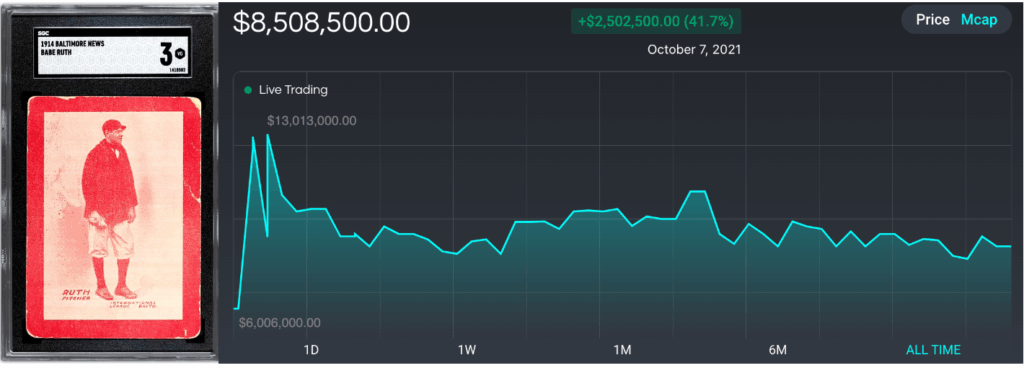
Source: collectable.com
On Collectable, shareholders can vote to accept buyout offers on the assets they’re invested in, and the profits get distributed to them if it’s accepted. As of October 2022, the Babe Ruth card ranked eighth in popularity on Collectable and is valued at $8.5 million after a $6 million IPO in October 2021.
Legends never die
It’s rare to live up to hype, but the Babe was nothing if not one-of-a-kind. A century after his first season, it’s hard to imagine him as anything less than the spirit of baseball itself.
Maybe that’s why Babe Ruth’s rookie cards are so valuable and desirable in the hobby. A memento of Ruth’s history—before he was a legend, sold out stadiums, or called his shots—is priceless to many collectors.

Source: The Sandlot.
Whether you purchase a card for yourself or fractionally invest in it on platforms like Public, Collectable, or Rally, these assets should mean more than just diversification for your portfolio—despite how good a value investment rare baseball cards can be. With only a handful left in the hobby, passionate collectors may be looking for an opportunity to claim a piece of the legend of Babe Ruth.
